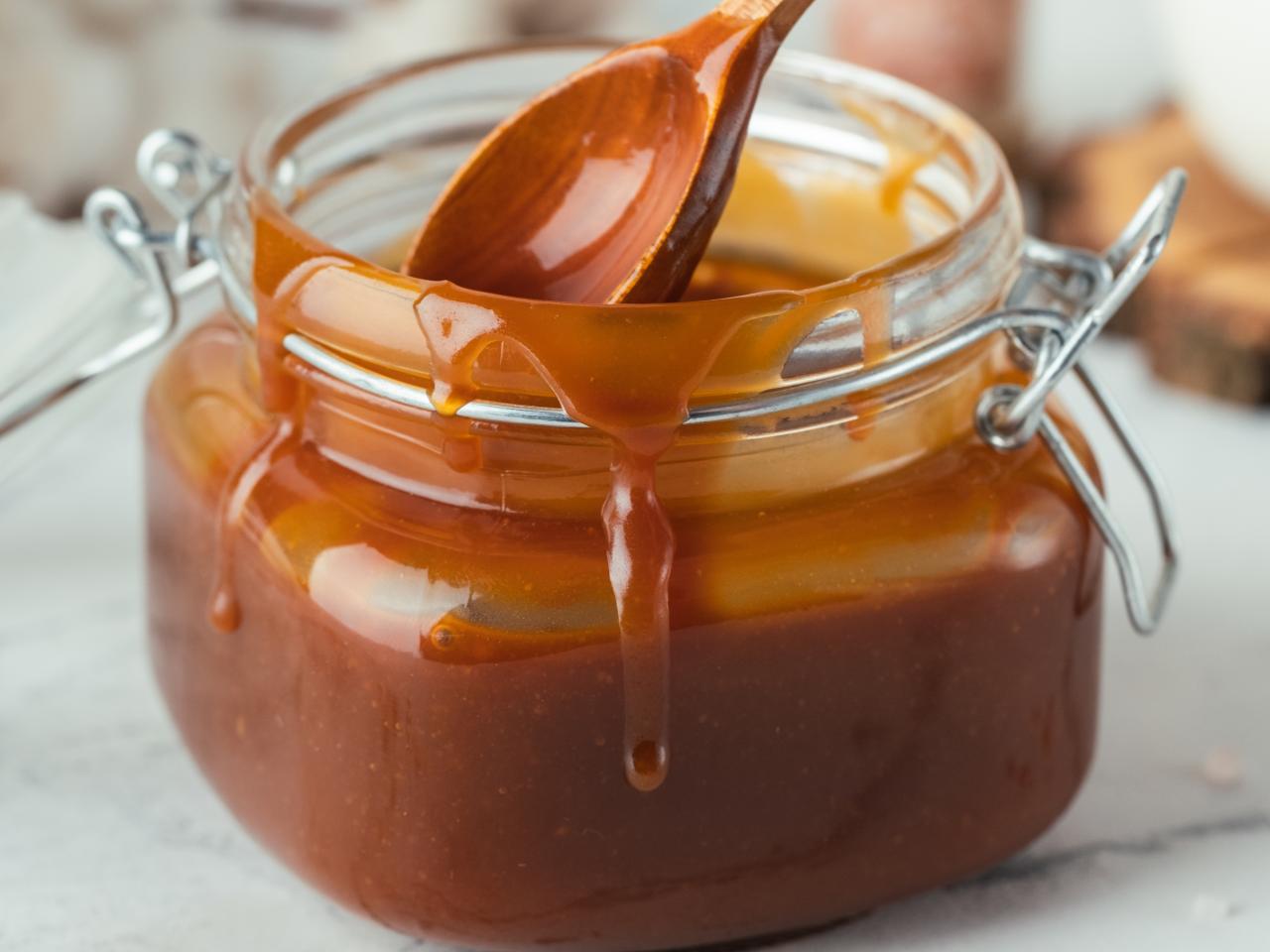

Articles
How To Store Caramel
Modified: January 5, 2024
Learn the best way to store caramel and keep it fresh for longer. Read our informative articles for expert tips and advice.
(Many of the links in this article redirect to a specific reviewed product. Your purchase of these products through affiliate links helps to generate commission for Storables.com, at no extra cost. Learn more)
Introduction
Welcome to this guide on how to store caramel! Caramel is a rich and indulgent treat that can be enjoyed in various ways – drizzled over ice cream, used as a filling for cakes and pastries, or simply eaten by the spoonful. Whether you’ve made a large batch of homemade caramel or have some leftover from a store-bought jar, knowing how to properly store it is essential to maintain its quality and flavor.
Properly storing caramel ensures that it remains fresh, tasty, and free from any unwanted changes in texture or taste. In this article, we will explore the best containers to use for storing caramel, the ideal storage conditions, and the different methods you can use depending on your needs. So, let’s jump right in!
Key Takeaways:
- Choose airtight glass jars or food-grade plastic containers to store caramel, keeping it fresh and free from texture changes. Avoid refrigeration for room-temperature storage and monitor for spoilage signs.
- For long-term storage, freeze caramel in portioned containers, ensuring proper labeling and minimal air exposure. Thaw and gently reheat for optimal texture and flavor. Follow best practices to maintain caramel quality.
Read more: How To Store Caramelized Onions
Proper Containers for Storing Caramel
When it comes to storing caramel, choosing the right container is crucial to maintain its quality and prevent it from spoiling. The container you select should provide an airtight seal to keep out any air, which can cause the caramel to harden or develop a grainy texture. Here are some suitable containers for storing caramel:
- Glass Jars: Glass jars with a tight-fitting lid are an excellent choice for storing caramel. They are non-reactive, meaning they won’t affect the taste or quality of the caramel. Additionally, glass jars allow for easy visibility, so you can easily monitor the caramel.
- Plastic Containers: If you prefer using plastic containers, make sure they are made from food-grade material and have airtight seals. Look for containers that explicitly state they are safe for storing food. Avoid using containers that are prone to absorbing odors, as this can impact the flavor of the caramel.
- Sealed Bags: For small portions or on-the-go snacking, you can use resealable plastic bags or food-grade vacuum-sealed bags. Press out any excess air before sealing them tightly to maintain the freshness of the caramel.
Remember, the key factor is to ensure that the containers you choose provide an airtight seal to prevent air exposure.
Room Temperature Storage
If you plan to consume the caramel within a few weeks, storing it at room temperature is a convenient option. However, it’s essential to create the right conditions to keep the caramel fresh and prevent it from spoiling. Here’s what you need to know:
- Choose a Cool and Dark Location: Find a cool and dark spot in your kitchen or pantry, away from direct sunlight, heat sources, and humidity. Excessive heat can cause the caramel to melt, while exposure to light can lead to color changes and flavor deterioration.
- Airtight Container: Transfer the caramel to an airtight container, ensuring that it is tightly sealed. This will prevent air from reaching the caramel, maintaining its texture and flavor.
- Avoid Refrigeration: Caramel stored at room temperature does not require refrigeration. Refrigerating caramel can cause it to harden or develop a sugary, grainy texture. It is best to store it at a stable room temperature.
Remember to periodically check the caramel for any signs of spoilage, such as mold growth or an off smell. If you notice any changes, it is safer to discard the caramel to avoid any health risks.
Keep in mind that room temperature storage is suitable for short-term use. If you wish to store the caramel for an extended period or in warmer climates, it is best to consider refrigeration or freezing methods.
Refrigeration
If you want to extend the shelf life of your caramel or are storing it in a warmer environment, refrigeration is an excellent option. Cold temperatures help slow down the natural breakdown of the caramel and preserve its quality. Follow these steps to refrigerate your caramel:
- Proper Packaging: Transfer the caramel to a container suitable for refrigeration. Glass jars or plastic containers with airtight seals are ideal for this purpose. Make sure the container is clean and dry before transferring the caramel.
- Airtight Seal: Ensure that the container is tightly sealed to prevent air exposure. This will help maintain the texture and flavor of the caramel and prevent it from absorbing any flavors or odors from other foods in the refrigerator.
- Refrigerator Placement: Store the caramel in the refrigerator, preferably on a shelf rather than the door. The temperature on the door fluctuates more, which can impact the quality of the caramel. Keep the caramel away from strong-smelling foods to avoid flavor contamination.
- Labeling and Date: It’s a good practice to label the container with the date of storage. This will help you keep track of the freshness and avoid consuming caramel that has been stored for too long.
When you’re ready to use the refrigerated caramel, allow it to come to room temperature before serving. This will help soften the caramel and enhance its texture and spreadability.
It’s important to note that refrigerated caramel may develop small crystals or appear slightly grainy. This is a natural occurrence caused by the cooling and solidification of the sugars in the caramel. Simply bring the caramel to room temperature and give it a gentle stir before using to restore its smooth consistency.
Refrigerated caramel can typically last for 2 to 3 months, but always use your judgment and check for any signs of spoilage before consuming.
Store caramel in an airtight container at room temperature for up to 2 weeks. For longer storage, refrigerate for up to 3 months or freeze for up to 6 months. Allow refrigerated or frozen caramel to come to room temperature before using.
Freezing Caramel
If you want to store caramel for an even longer period or have a surplus that you won’t be able to consume within a few months, freezing is the best option. Freezing caramel is a simple process that prolongs its shelf life while maintaining its taste and texture. Here’s how to freeze caramel:
- Portioning: Divide the caramel into small portions that are suitable for your needs. This will make it easier to thaw and use only the amount you require without having to defrost the entire batch.
- Container Selection: Choose freezer-safe containers or resealable freezer bags. Make sure they are made of durable material that prevents freezer burn and leakage.
- Proper Packaging: Place the caramel portions into the containers or bags, leaving some space for expansion as the caramel freezes. Remove any excess air to minimize the risk of freezer burn.
- Labeling and Date: Label the containers or bags with the date of freezing. This will help you keep track of the caramel’s freshness and ensure you use the oldest portions first.
- Freezer Placement: Store the caramel in the freezer, preferably in a single layer to promote even freezing and quicker thawing. Avoid placing it near the freezer’s door, as the temperature fluctuates more in that area.
When you’re ready to use the frozen caramel, follow these steps:
- Thawing: Transfer the desired amount of caramel from the freezer to the refrigerator. Allow it to thaw overnight or for a few hours until it reaches a spreadable consistency.
- Gentle Reheating: If you prefer warm caramel, gently heat the thawed portion in a microwave-safe dish or on the stovetop using low heat. Stir occasionally until it’s warmed through, but be careful not to overheat it.
It’s important to note that freezing may slightly affect the texture of caramel. There might be a slight change in consistency, but it should still be enjoyable and usable in various recipes.
Frozen caramel can typically be stored for up to 6 months. However, it is best to consume it within the first 3 months for the best flavor and quality.
Read more: How To Store Caramel Apples
Best Practices for Storing Caramel
To ensure the longevity and quality of your caramel, it’s important to follow these best practices when storing it:
- Keep it Clean: Before transferring caramel to any storage container, ensure that the container is clean and dry. Any residual water or food particles can potentially lead to spoilage or an unpleasant taste.
- Airtight Containers: Always use airtight containers for storing caramel, whether at room temperature, in the refrigerator, or in the freezer. A tight seal helps prevent air exposure and maintains the freshness and texture of the caramel.
- Labeling and Dating: Clearly label your containers with the date of storage to keep track of the caramel’s freshness. This will help you use the oldest portions first and avoid consuming caramel that has been stored for too long.
- Monitor for Spoilage: Regularly check your stored caramel for any signs of spoilage, such as mold growth, off smells, or unusual color changes. If you notice any of these signs, discard the caramel to avoid any health risks.
- Proper Storage Conditions: Follow the recommended storage conditions for each method – room temperature, refrigeration, or freezing. Keeping the caramel away from direct sunlight, heat sources, and excessive humidity is essential to maintain its quality.
- Resealing and Reusing: When using caramel from a container, always reseal it tightly after taking out the desired amount. This helps minimize air exposure and prolongs the freshness of the remaining caramel.
By adhering to these best practices, you can ensure that your caramel remains delicious and enjoyable for an extended period.
Conclusion
Properly storing caramel is essential to maintain its quality, flavor, and texture. Whether you have homemade caramel or store-bought varieties, following the right storage techniques can help prolong its shelf life and ensure that it tastes just as delicious when you’re ready to enjoy it.
When it comes to choosing the right storage containers, opt for airtight options such as glass jars or plastic containers with tight seals. These containers will prevent air exposure and keep the caramel fresh. If you plan to store caramel at room temperature, find a cool, dark spot in your kitchen or pantry away from heat and light sources. Refrigeration is suitable for longer-term storage, while freezing is ideal if you want to extend the caramel’s shelf life.
Remember to label your containers with the date of storage and periodically check for any signs of spoilage. Proper packaging, proper storage conditions, and following best practices such as resealing containers and keeping them clean will help maintain the quality of the caramel over time.
Whether you’re drizzling it over desserts or enjoying it by the spoonful, properly stored caramel will provide a sweet and indulgent experience for you and your loved ones. By implementing these storage tips, you can ensure that your caramel stays fresh and delicious whenever you’re ready to satisfy your sweet tooth.
So, the next time you have a batch of caramel that you want to store, refer back to this guide and follow the recommended methods. With proper storage, you can enjoy the rich and creamy goodness of caramel for an extended period without compromising on taste or texture. Happy caramel storing!
Frequently Asked Questions about How To Store Caramel
Was this page helpful?
At Storables.com, we guarantee accurate and reliable information. Our content, validated by Expert Board Contributors, is crafted following stringent Editorial Policies. We're committed to providing you with well-researched, expert-backed insights for all your informational needs.
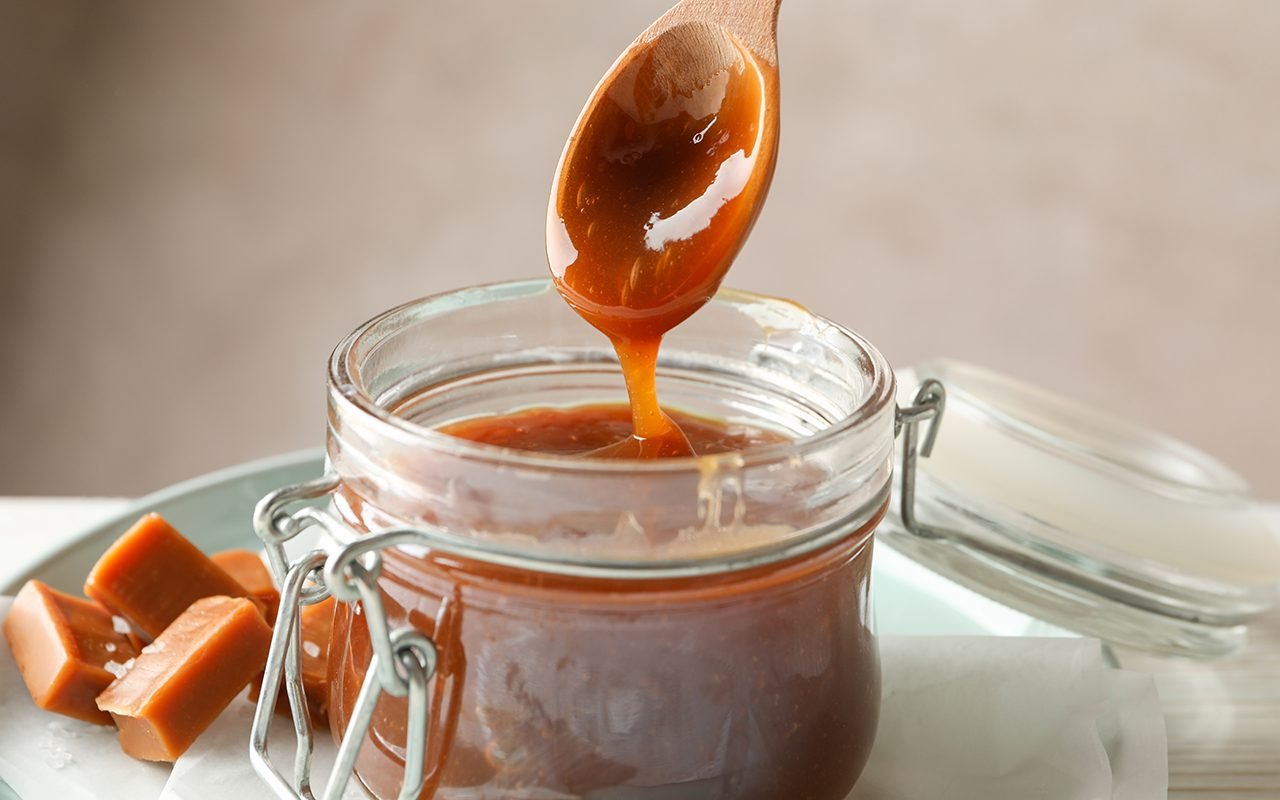

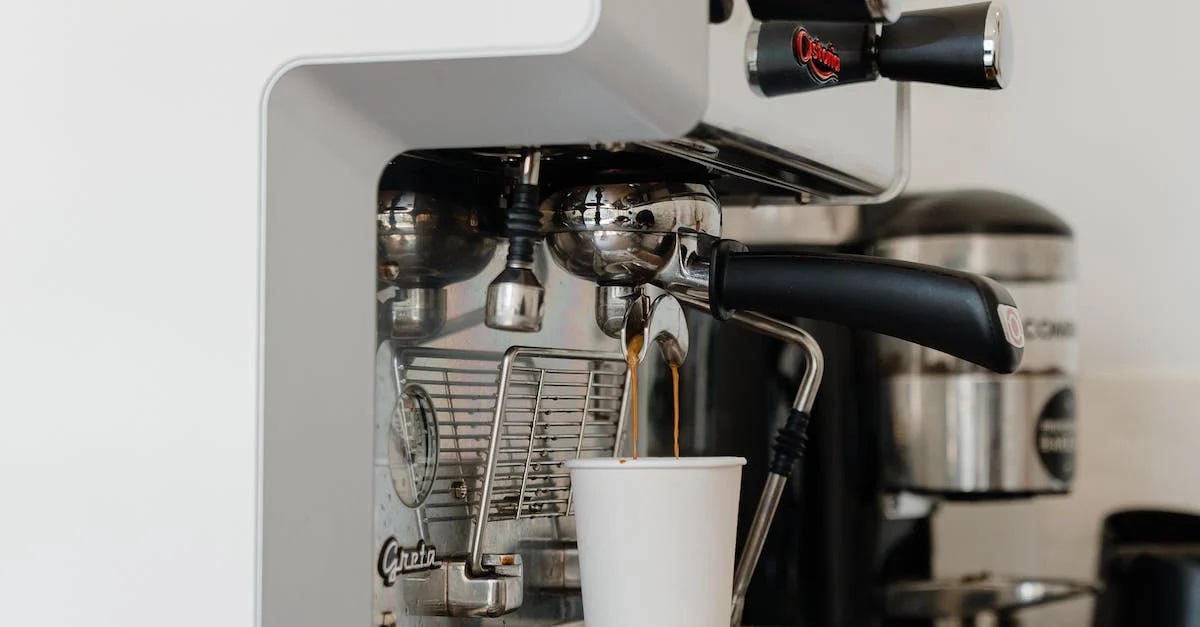



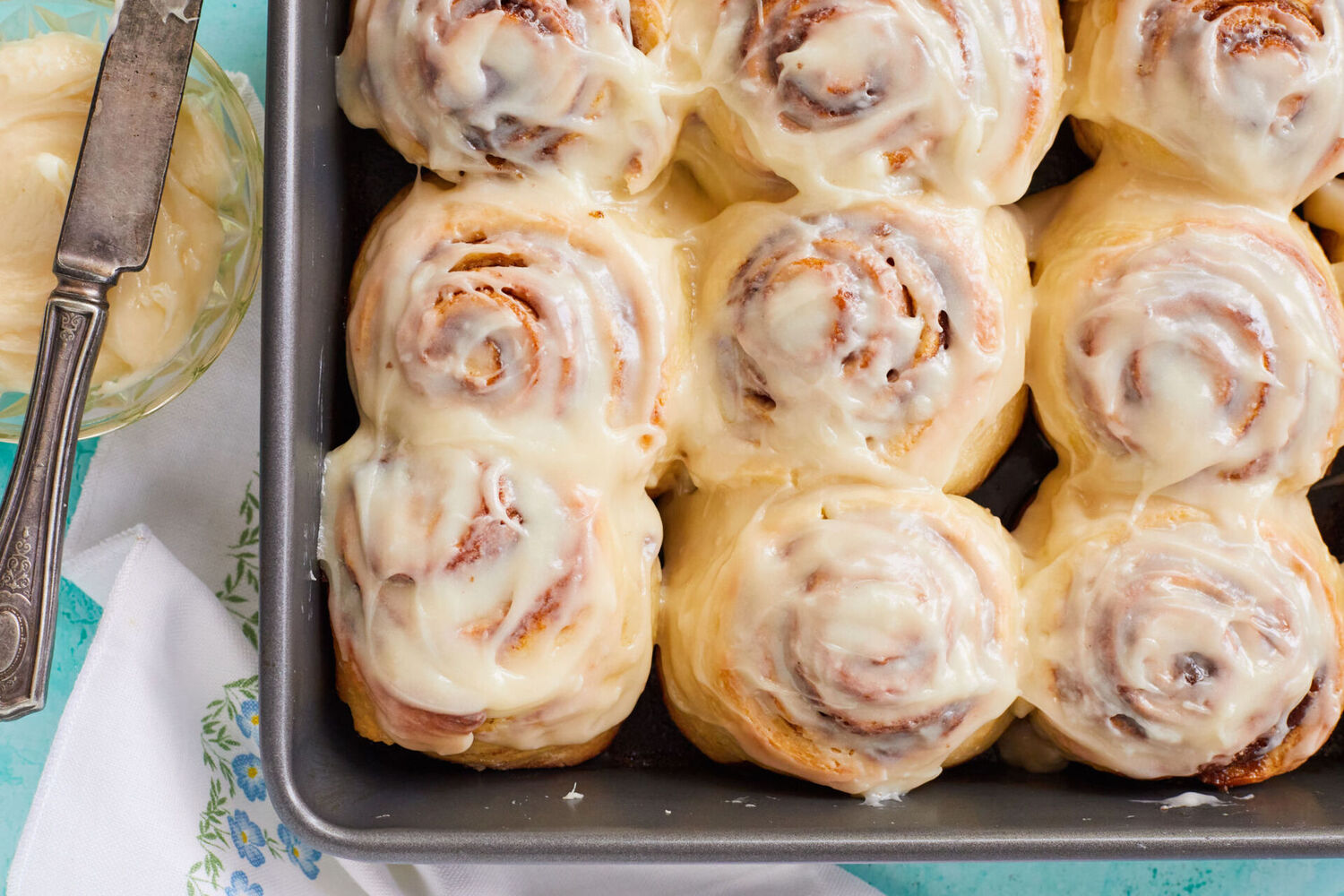

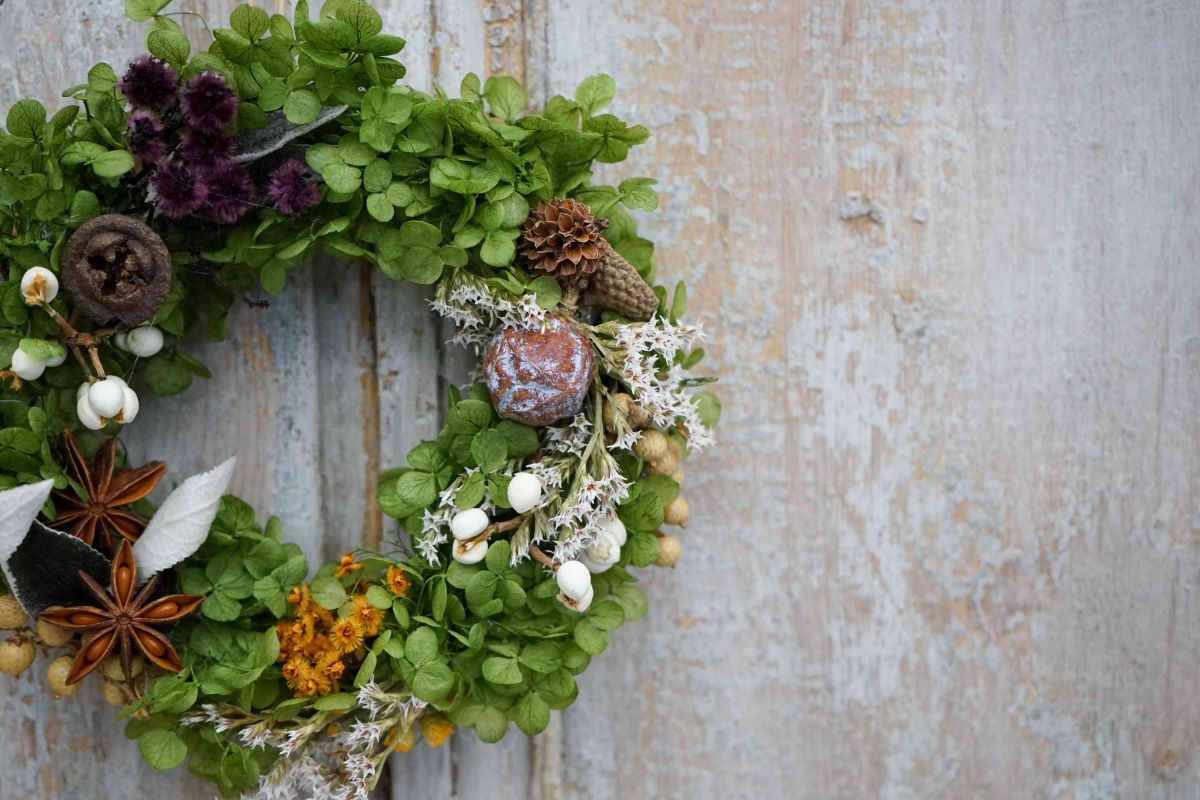

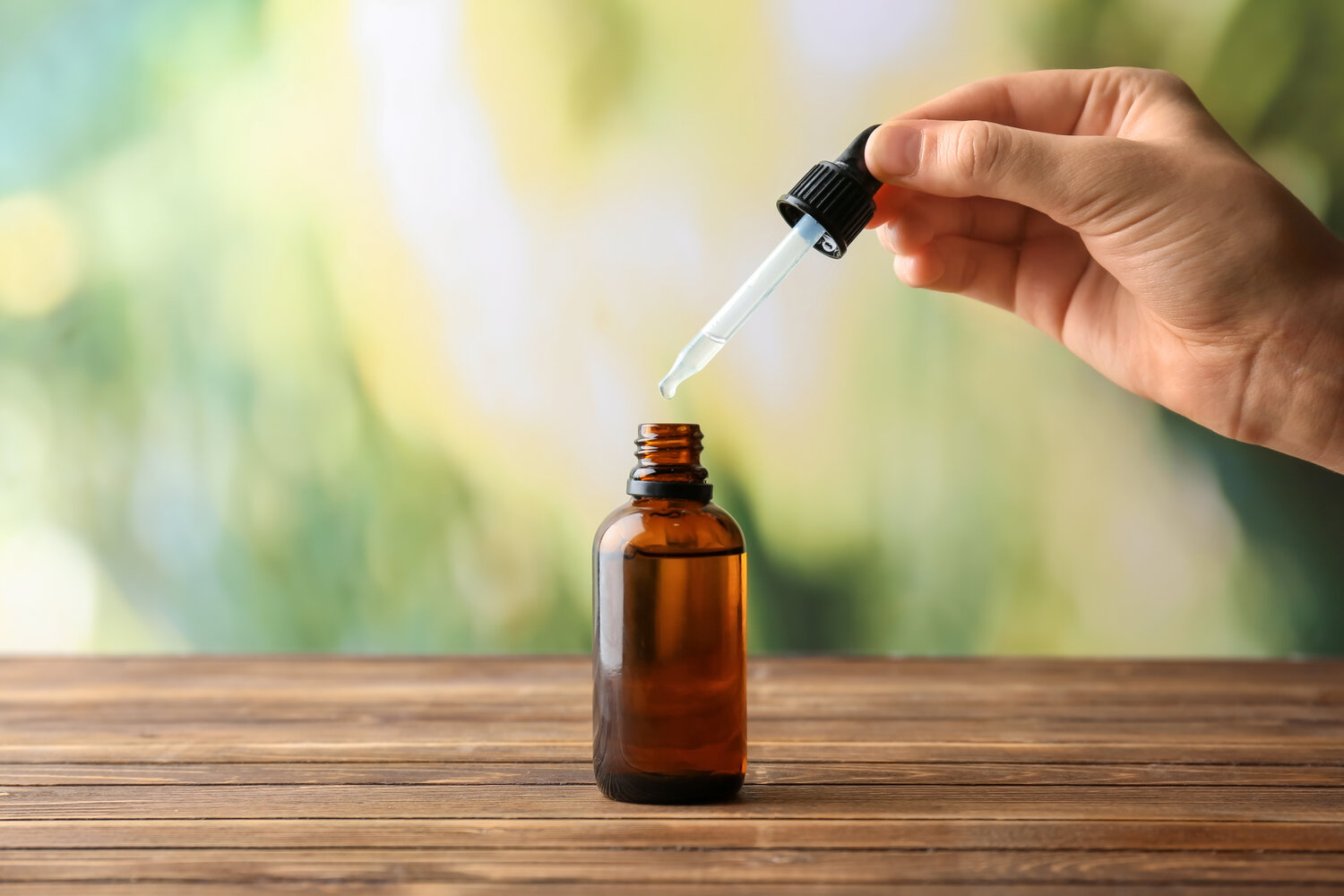
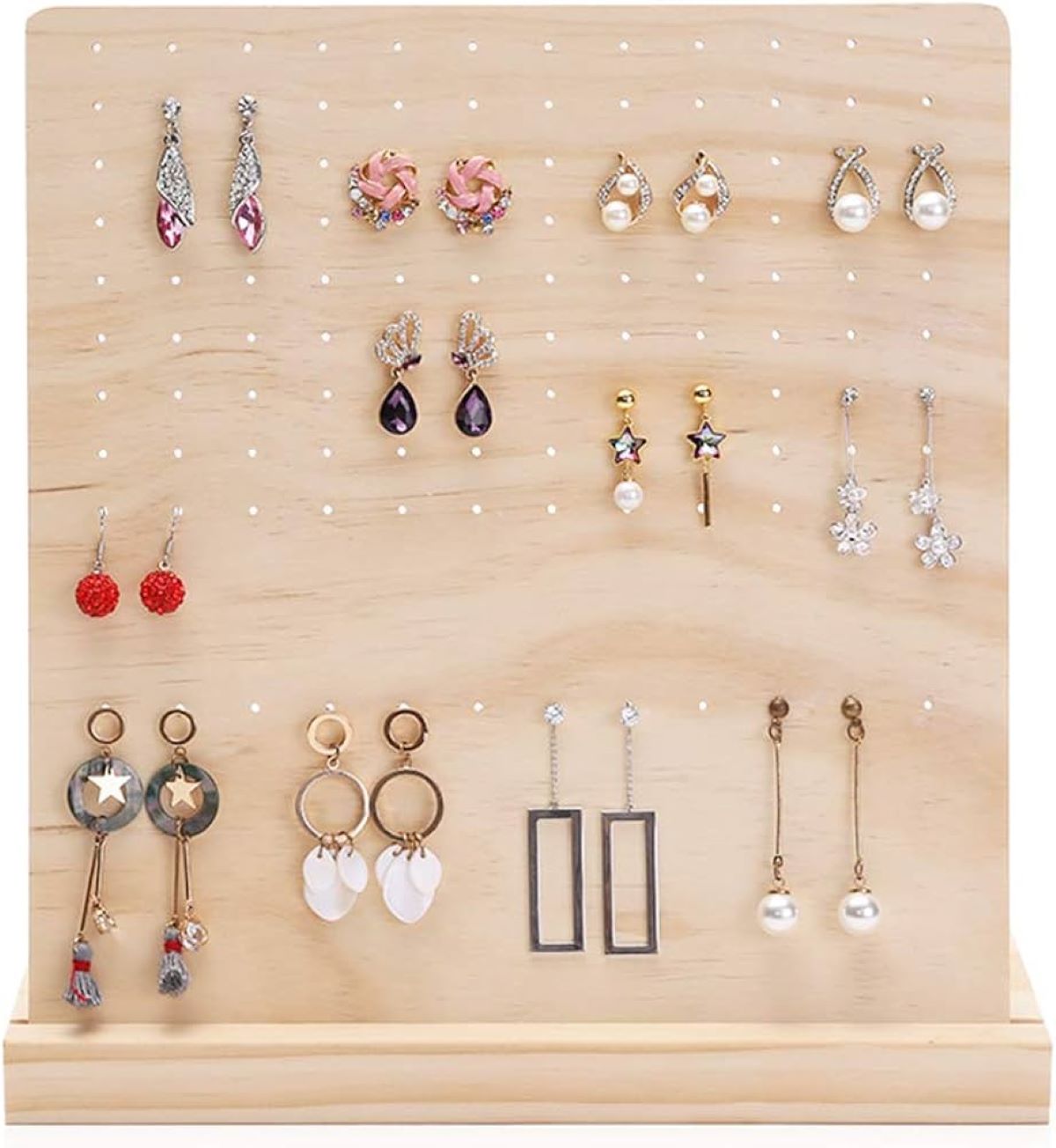
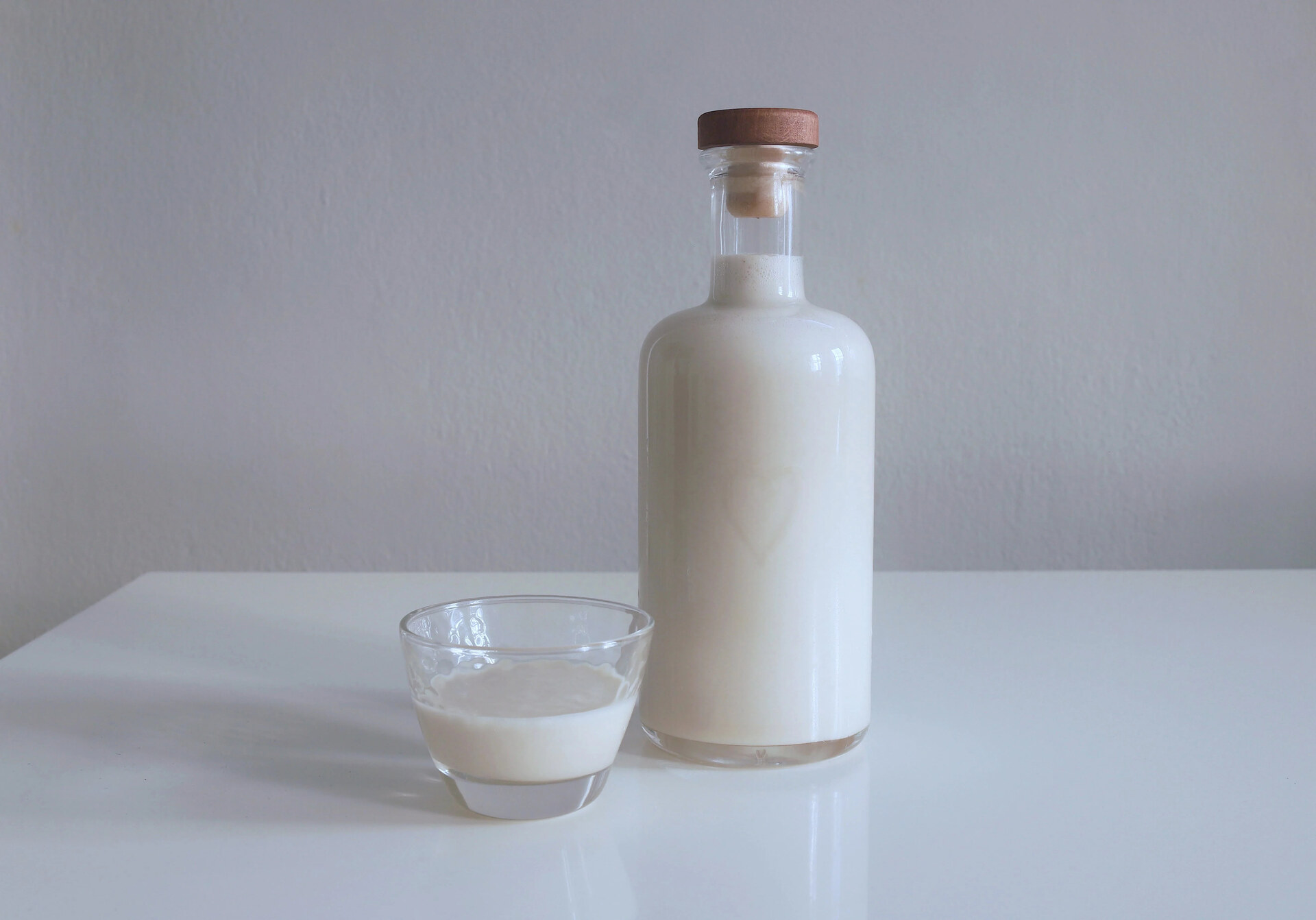
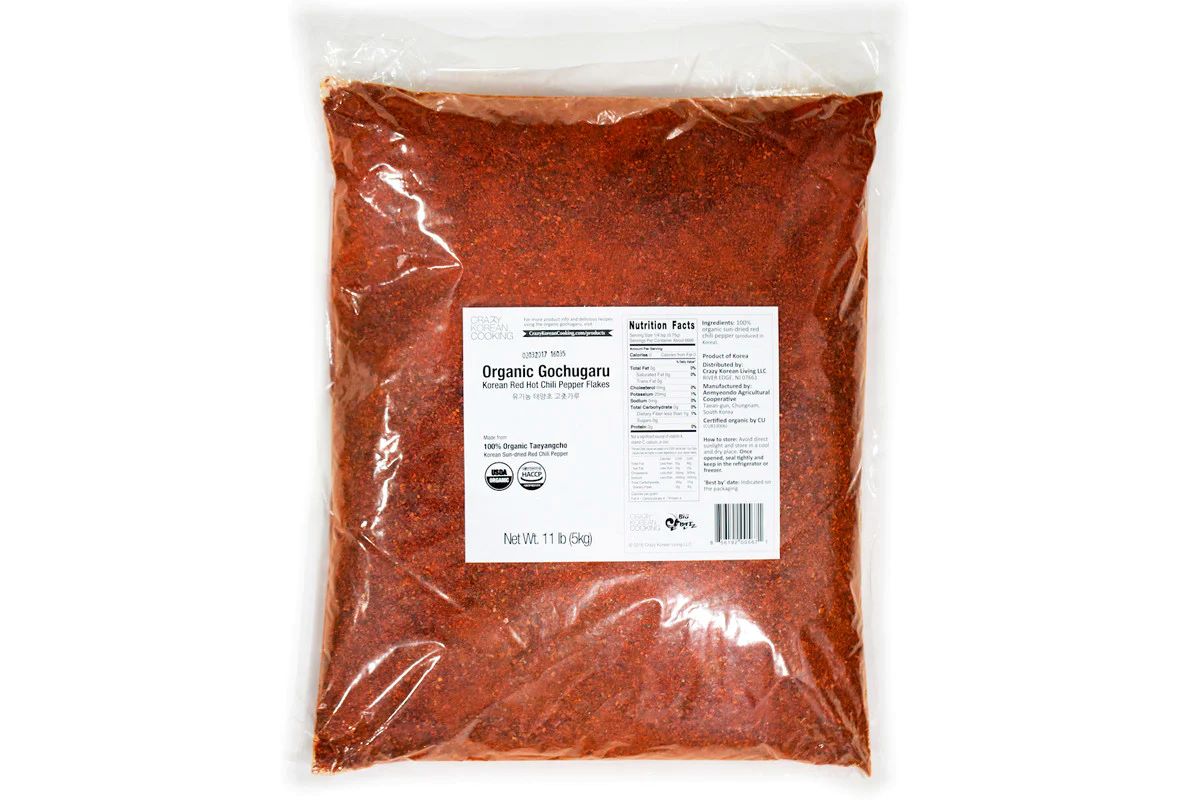

0 thoughts on “How To Store Caramel”